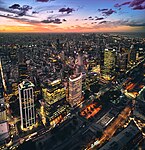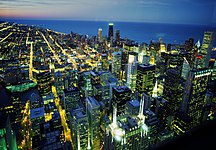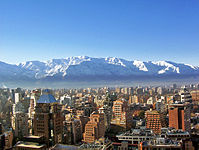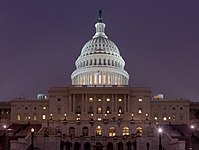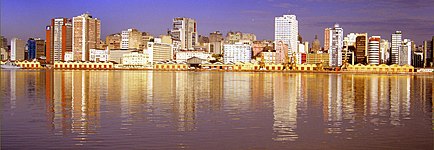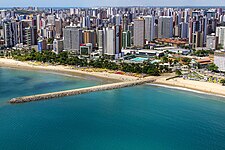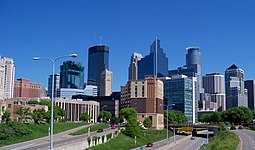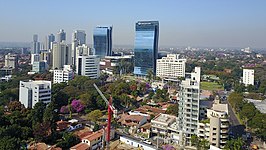
Salta is a province of Argentina, located in the northwest of the country. Neighboring provinces are from the east clockwise Formosa, Chaco, Santiago del Estero, Tucumán and Catamarca. It also surrounds Jujuy. To the north it borders Bolivia and Paraguay and to the west lies Chile.

Greater Buenos Aires, also known as the Buenos Aires Metropolitan Area, refers to the urban agglomeration comprising the Autonomous City of Buenos Aires and the adjacent 24 partidos (districts) in the Province of Buenos Aires. Thus, it does not constitute a single administrative unit. The conurbation spreads south, west and north of Buenos Aires city. To the east, the River Plate serves as a natural boundary.

Arequipa is a province in the Arequipa Region, Peru. Its capital, Arequipa, is Peru's second most populous province of Peru. It borders the provinces of Islay, Camaná, Caylloma, and the Cusco and Puno regions. According to INEI in the year 2014 it has a population of 958.351 people.

This is a list of the 50 largest cities in the Americas by population residing within city limits as of 2015, the most recent year for which official population census results, estimates, or short-term projections are available for most of these cities. These figures do not reflect the population of the urban agglomeration or metropolitan area which typically do not coincide with the administrative boundaries of the city. For a list of the latter, see List of metropolitan areas in the Americas by population. These figures refer to mid-2015 populations with the following exceptions:
- Mexican cities, whose figures derive from the 2015 Intercensal Survey conducted by INEGI with a reference date of 15 March 2015;
- Calgary, whose 2015 municipal census had a reference date of April 1.
- Brazilian cities, whose figures originate from the 2021 estimate given by the IBGE, with a reference date of July 1, 2021.

Trujillo Province is one of twelve provinces in La Libertad Region in Peru.

Trancas is a department located in the northern part of Tucumán Province, Argentina. It is bounded to the west and north by Salta Province, on the east by the Department of Burruyacú, to the south by the Department of Tafi Viejo and to the southwest by the Department of Tafí del Valle. The headquarters is the town of Trancas.

The Arequipa Metropolitan Area is the name used to refer to the metropolitan area whose principal city is Arequipa, according to Metropolitan Development Plan of Arequipa According to population statistics of INEI It is the second most populous metropolitan area of Peru in year 2017.
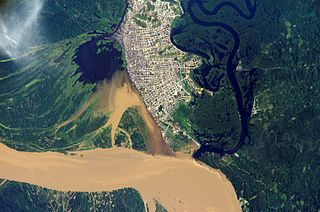
The Iquitos Metropolitan Area is the name used to refer to the Peruvian metropolitan area whose principal city is Iquitos, according to Municipality of Iquitos. According to population statistics of INEI It is the sixth most populous metropolitan area of Peru in year 2015.

Comuna 1 is one of the 15 communes in which the Autonomous City of Buenos Aires is divided. It is made up of the neighborhoods of Retiro, San Nicolás, Puerto Madero, San Telmo, Monserrat and Constitución. It is located in the east of the city, has an area of 17.4 km2 and a total population of 205,886 according to the 2010 census of which 98,097 are men and 107,789 are women, which represent 47.6% and 52.4% of the commune respectively. The 2001 census registered 171,975 inhabitants, which represents an increase of 19.7%. With 50,948 inhabitants born outside the country, it is the commune that registers the highest proportion of foreigners (24.7%).

Comuna 7 is one of the 15 communes in which the Autonomous City of Buenos Aires is divided. It is made up of the neighborhoods of Flores and Parque Chacabuco. It is located in the mid-southwest of the city, has an area of 12.4 km² and a total population of 220,591 according to the 2010 census of which 102,481 are men and 118,110 are women, which represent 46.5% and 53.5% of the commune respectively. The 2001 census registered 197,333 inhabitants, which represents an increase of 11.8%.

Comuna 8 is one of the 15 communes in which the Autonomous City of Buenos Aires is divided. It is made up of the neighborhoods of Villa Soldati, Villa Lugano, and Villa Riachuelo. It is located in the southwest of the city, has an area of 21.9 km² and a total population of 187,237 according to the 2010 census of which 89,545 are men and 97,692 are women, which represent 47.8% and 52.2% of the commune respectively. The 2001 census registered 161,642 inhabitants, which represents an increase of 15.8%, being the commune that grew the second most in the last nine years. It is the commune with the second highest proportion of foreigners (23.4%), mostly from bordering countries, 2 of which 46.6% is of Bolivian origin, followed by those of Paraguayan origin (37.9%).





